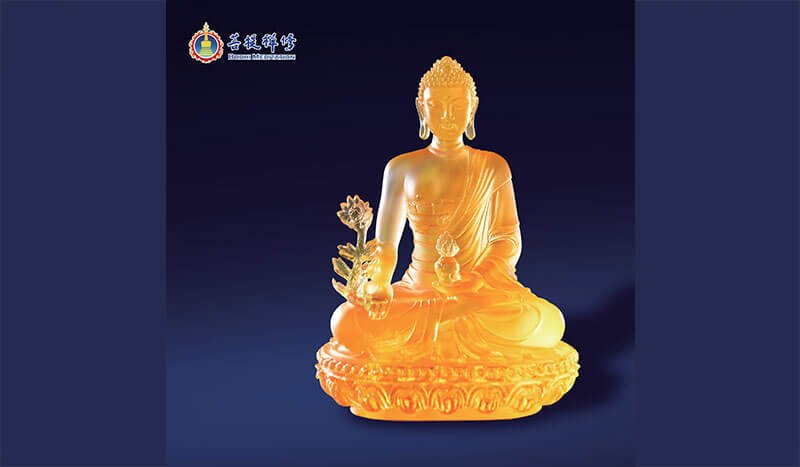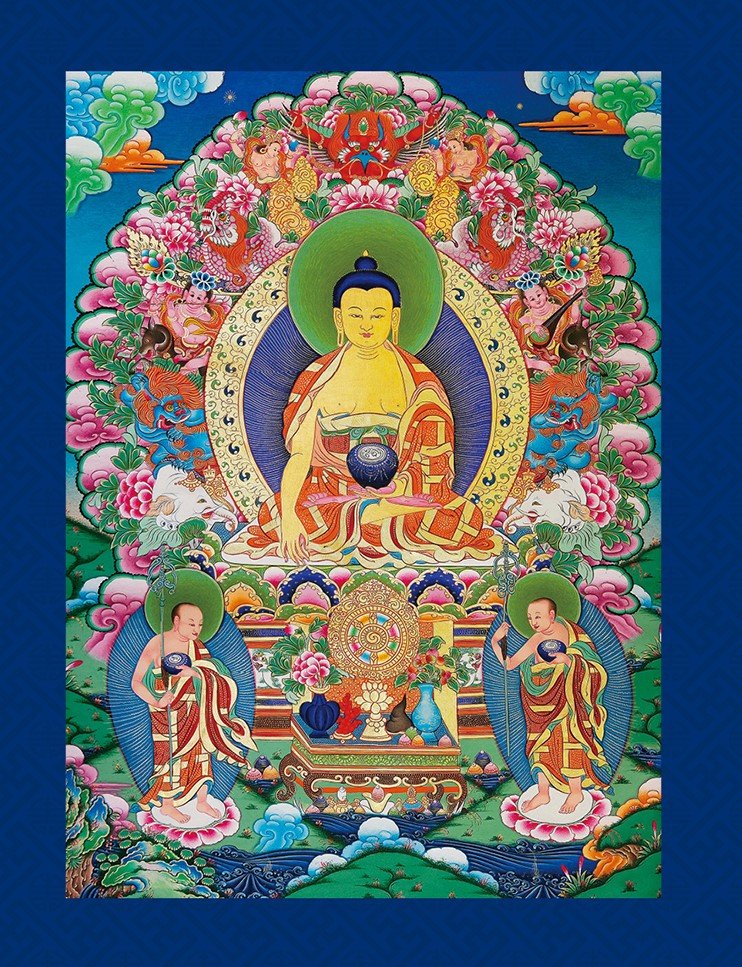
Let’s continue our discussion about Buddha statues.
Where does one put their Buddha statue?
The location for the Buddha must be one of true reverence, so place the Buddha where it will receive the most respect. Ideally, the Buddha should be placed in a superior position in the house (according to feng shui), which is usually in the living room. Be sure that it’s not placed in the flow of foot traffic. Also, be sure to place the Buddha at table level or higher as looking down on a Buddha is irreverent.
If the only place for your Buddha is in the bedroom, it’s important to show respect, especially when it comes to personal care and intimacy. There are several solutions. In Asia, including Tibet and Japan, many people have a cabinet that holds their Buddha. It could be a small table-top cabinet or a large floor cabinet that houses the Buddha. This way, the cabinet doors can be closed to protect the Buddha. You can also use a screen divider to separate the room into two sections. Wherever you place your Buddha, remember to show respect.

If it’s a large Buddha, it will come with a base, so it won’t sit directly on the floor. If there’s not a base, place the Buddha on a platform or pedestal, to ensure that your feet will never touch it. Definitely do not place Buddha directly on the floor. As well, keep the area clean of debris and unrelated clutter. Dust accumulating on or around the statue is disrespectful.
You can also consider acquiring a thangka of one of the buddhas and hang this on your wall, again in the superior position of the home. Thangkas come with a covering, for privacy. As a thangka is also a representation of Buddha, be respectful.
If you put your Buddha in the garden, it would be for decoration, but out of respect, build a foundation perhaps with stones or branches, so it is not sitting directly on the ground.

How does one use the Buddha in their practice?
First of all, we need a very good teacher to guide us. It’s important that in everyday life, we remember Buddha’s compassion. His image evokes a sense of mindfulness and compassion for all sentient beings, and ultimately helps us achieve higher realms of meditation, as the Buddha himself attained enlightenment by practicing meditation. A Buddha statue helps to hold the energy for us during our practice. For all these reasons, that’s why we want one that has been blessed.
We can worship Buddha and make offerings of incense, candles, water, even precious jewels, or gild its body with gold, thereby sending respectful and loving energy from us to the Buddha in a worshipful manner; however, when the Buddha blesses us, the energy passes to us.
The Buddha statue doesn’t need adornment of any kind. From a respectful place in your heart, you can make an offering by placing a hada (a scarf that symbolizes purity, auspiciousness, compassion and sincerity) around the Buddha’s shoulder or lay one in its lap.
Can you give someone a Buddha statue as a gift?
Simply, no. However, if someone gifts you a Buddha statue, you can graciously accept it, but then give them money for it or donate money in their name to a temple or charity. If for some reason you are in a position where you can no longer keep your Buddha statue, return it to the temple, but only if you have absolutely no other choice. Giving away your Buddha statue is giving away your luck and fortune. Never throw a Buddha into the garbage. If it accidentally breaks, keep the pieces and continue to respect them. There is an exception to receiving Buddhas, as you can accept one from an elder in your family.
We hope this helps you in your understanding, appreciation and reverence for the Buddha.